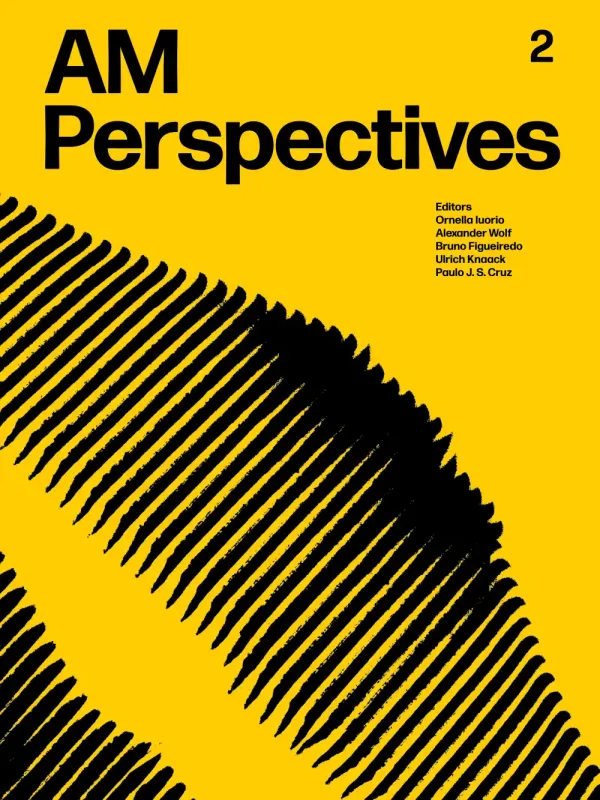LIGHT-WEIGHT HOLLOW ADDITIVE MANUFACTURING
Synopsis
This article examines additive manufacturing and robotic fabrication methods for hollow, lightweight structures in the field of architecture, engineering, and construction (AEC) industries. This article examines hollow, lightweight mineral building elements and their manufacturing methods. More specifically, this article explains the novel additive manufacturing method Blow Extrusion (BX) in detail. Blow Extrusion is an extrusion-based method for large-scale 3D printing of hollow strand structures. Blow Extrusion (BX) enables the production of lightweight, air-filled, strand-based structures significantly reducing material use while maintaining structural integrity.
Hollow structural elements have historically played a critical role in reducing material consumption, optimizing weight, and improving construction material efficiency in construction. For instance, RotoForm, a sequential robotic casting process for mineral-based materials, is a robotic additive manufacturing method, resulting in hollow building elements. Beside the technical insights, this paper outlines the potentials of additive manufacturing in enhancing reduction material consumption through design and manufacturing procedures for cavities. The paper discusses the mechanical challenges, computational frameworks, prototyping challenges, and future applications of these methods in structural design, prefabrication, and lightweight construction.






